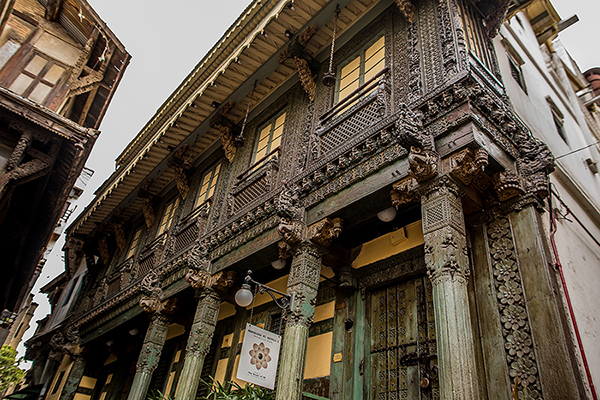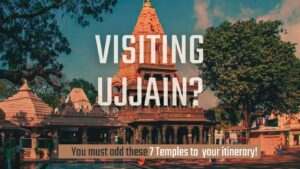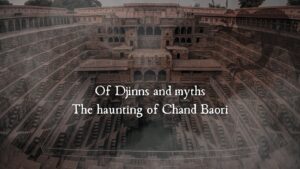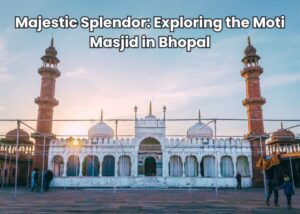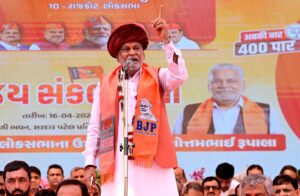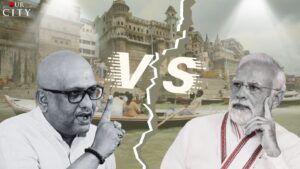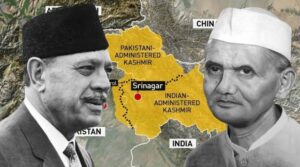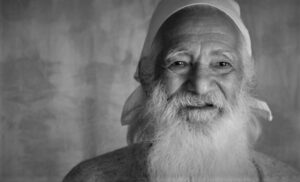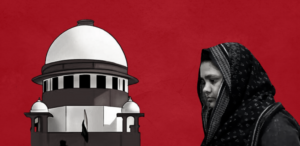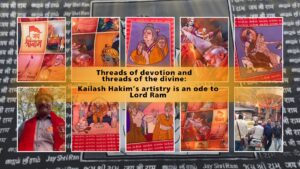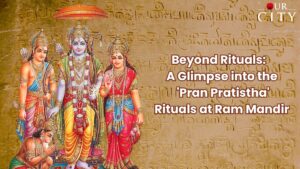While walking in the streets of Kawant during the days of Gher no Melo,
You would find the colourful Rathwas converting the street into a living museum.
While exhibiting yourself in front of the jharokha at the pol houses,
You would think about those chhatris to be the part of a living museum.
While wondering sitting at the corner of the Sun Temple at Modhera,
You would feel the presence of sculptures narrating various stories in a living museum.
Imagine! Around you, there are so many objects and places which are alive since centuries, moreover the most important thing is that they are not restrained within the four walls. Be it the celebration of tribal fairs and festivals or the ancient houses of pol. We buy museum tickets to go back in time, but fail to value the structures and artifacts around us.
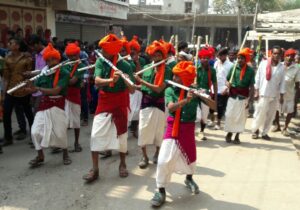
Gujarat is a land of diverse topography, vibrant culture and multifarious cuisines. It houses many tribal communities along the length and breadth of the state. Where there are around five million tribal communities who reside by the slopes of Aravalli, Vindhya’s western flank of Satpura and northern flanks of Sahyadri, encompassing parts of Vadodara, Surat, Sabarkantha, Banaskantha and the Panchmahals. Each tribe has distinct origin, habits, habitats and cultural ethos. They celebrate seasons and address various social issues through fairs and festivals. This is beyond any walls and boundaries and must be treasured in its living form before it ceases to exist. The colourful open space and streets get filled with vibrant hues with the bold silver jewellery. The ones who adorn it look no less than a decorated sculpture exhibited in a museum. In fact the painted house walls for decorations or ritualistic purpose in itself looks like a gallery. This must be tagged as the living museum.

Our state houses many pols in its cities, the trend is really sad where people are now moving towards the outskirts in search of ‘more space’. The intricate wooden carvings in pol on the windows, brackets, magical balconies, chabutras, khadkis and chowks are now abandoned over the spacious bungalows. There are a few heritage fanatics, who have been living in the pol since generations and have now converted their pol house into heritage home stay where they host people from other state and abroad. Few properties have also been converted into restaurants and cafes to provide the vintage experience. These are few of the good ways to maintain the pol houses around us.
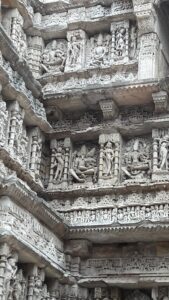
One would have definitely come across the Nagakanyas, Vishnu Avatars, Apsaras and Dwarpalas while walking in the Sun Temple at Modhera or Rani ki Vav at Patan. They narrate stories from different yuga. The Archaeological Survey of India (ASI) doing its bit is fine, but what about the one who is viewing it? These are also the example of museums which are not confined within four walls, but beyond.

